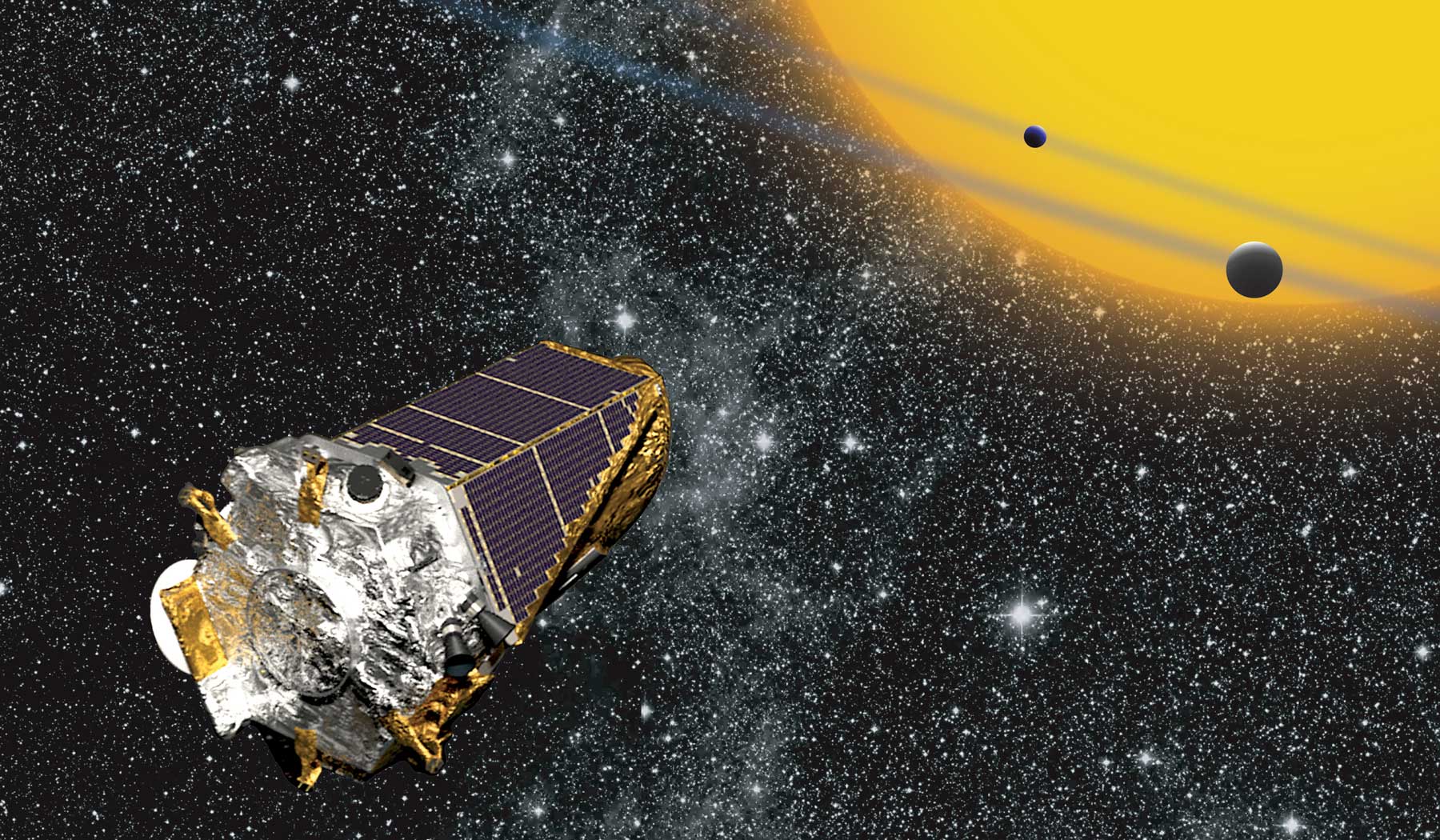Morning, Kepler! NASA's Planet-Hunting Spacecraft Wakes Up Again

The Kepler roller-coaster ride continues.
NASA's low-on-fuel Kepler space telescope, which has discovered more than 2,650 alien planets to date, has awoken from yet another slumber and begun making science observations again, agency officials announced today (Sept. 5).
The $600 million Kepler mission launched in March 2009, tasked with determining how common Earth-like planets are around the galaxy. The spacecraft initially studied more than 150,000 stars simultaneously, looking for tiny brightness dips caused by the passage of orbiting planets across these stars' faces. [Gallery: A World of Kepler Planets]
That work came to an end in May 2013, after the second of Kepler's four orientation-maintaining reaction wheels failed and the spacecraft lost its superprecise pointing ability. Mission team members figured out a way to stabilize Kepler using sunlight pressure, however, and the instrument embarked on a new mission called K2 in 2014. During K2, Kepler studies a variety of cosmic objects and events over a series of 80-day "campaigns."
In early July of this year, mission team members put Kepler into a hibernation-like state, to ensure that the telescope would have enough fuel left to reorient itself toward Earth in early August and beam home data collected during Campaign 18. (Such data-beaming windows are limited; far-flung NASA spacecraft must share the agency's Deep Space Network, a system of radio telescopes around the globe.)
Kepler got all the Campaign 18 data down successfully — and then went back to sleep, mission team members wrote in an Aug. 24 update.
Which brings us to today's news. Kepler has woken up again, starting Campaign 19 of its K2 mission on Aug. 29. But it's still unclear what the future holds for the spacecraft, NASA officials announced.
Get the Space.com Newsletter
Breaking space news, the latest updates on rocket launches, skywatching events and more!

"After being roused from sleep mode, the spacecraft's configuration has been modified due to unusual behavior exhibited by one of the thrusters," they wrote in today's update. "Preliminary indications are that the telescope's pointing performance may be somewhat degraded. It remains unclear how much fuel remains; NASA continues to monitor the health and performance of the spacecraft."
Kepler's current exoplanet tally stands at 2,652, with 325 of those discovered during K2. That total represents about 70 percent of all known alien worlds. And Kepler's finds will keep rolling in, even after the spacecraft has ceased operations (whenever that may be); more than 2,700 Kepler "candidate" planets still need to be vetted by follow-up observations or analysis.
Follow Mike Wall on Twitter @michaeldwall and Google+. Follow us @Spacedotcom, Facebook or Google+. Originally published on Space.com.
Join our Space Forums to keep talking space on the latest missions, night sky and more! And if you have a news tip, correction or comment, let us know at: community@space.com.

Michael Wall is a Senior Space Writer with Space.com and joined the team in 2010. He primarily covers exoplanets, spaceflight and military space, but has been known to dabble in the space art beat. His book about the search for alien life, "Out There," was published on Nov. 13, 2018. Before becoming a science writer, Michael worked as a herpetologist and wildlife biologist. He has a Ph.D. in evolutionary biology from the University of Sydney, Australia, a bachelor's degree from the University of Arizona, and a graduate certificate in science writing from the University of California, Santa Cruz. To find out what his latest project is, you can follow Michael on Twitter.









